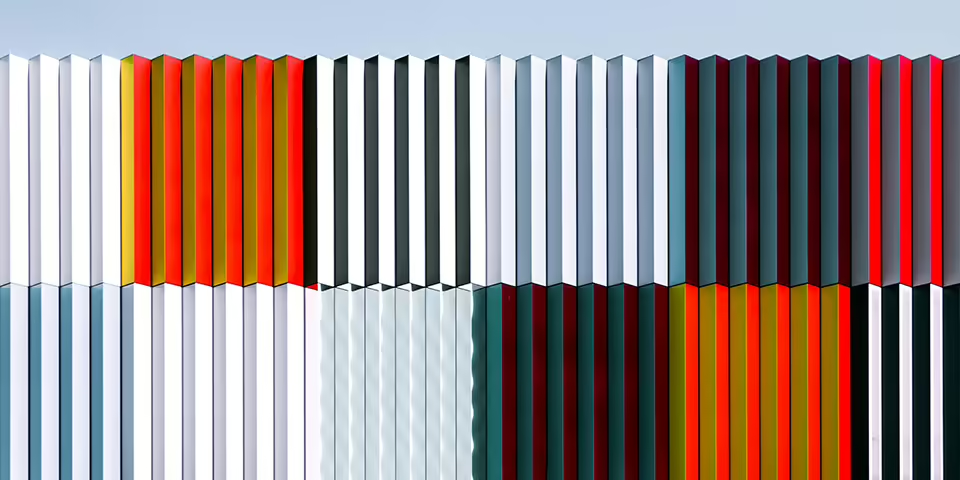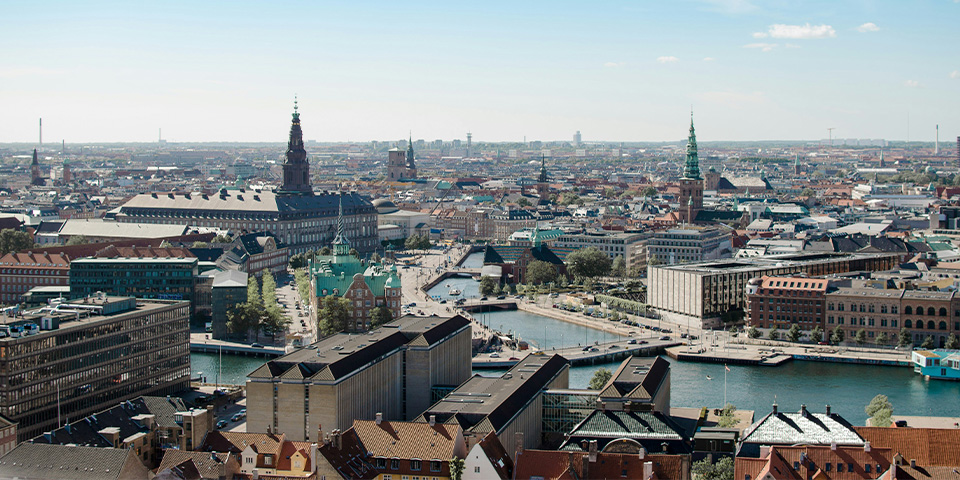INDSIGT
Undersøgelse
Er Japan en del af din virksomheds fremtid?

I dagens globale landskab, der er i hastig udvikling, revurderer danske virksomheder deres internationale vækststrategier. Med skiftende geopolitiske dynamikker og handelsspændinger er det mere afgørende end nogensinde at identificere stabile og lovende markeder.
Fokus på Japan
Kan dansk designviden eksportere til Japan? - Del 2

I del 2 af "Kan dansk designviden eksportere til Japan" udforsker vi de praktiske skridt, som danske designbureauer skal tage for at få succes på det japanske marked. Fra at forstå kulturelle nuancer til at opbygge stærke lokale partnerskaber - find ud af, hvordan dansk enkelhed og japansk minimalisme kan skabe innovative løsninger.
Fokus på Japan
Kan dansk designviden eksportere til Japan? - Del 1

Opdag, hvordan danske og japanske designfilosofier stemmer overens, og udforsk det unikke begreb "Ma" i japansk design. I denne første del af en serie i to dele dykker vi ned i den kulturelle dynamik og de fælles værdier, der får dansk design til at give genlyd i Japan og vice versa.
Fokus på cirkulært design
Kan design inspirere til forandring?

Design er overalt. Det er et af vores vigtigste værktøjer, men alligevel bliver det ofte misforstået - især i virksomheder, der ikke integrerer det fuldt ud i deres daglige drift. Så hvad er design egentlig? Og hvordan har vores syn på det ændret sig gennem tiden?
Inspiration til japansk detailhandel
En rejse med inspiration

København, Danmarks hovedstad, byder på langt mere end sit globalt anerkendte, ikoniske design og sin arkitektur. Den er et centralt omdrejningspunkt for innovation og en port til de bredere skandinaviske og europæiske markeder.
Gå til markedet
København: Lås op for porten til Skandinavien og Europa

København, Danmarks hovedstad, byder på langt mere end sit globalt anerkendte, ikoniske design og sin arkitektur. Den er et centralt omdrejningspunkt for innovation og en port til de bredere skandinaviske og europæiske markeder.
Strategisk fokus
Hvorfor Japan bør være dit næste forretningseventyr

I en verden med stigende geopolitiske spændinger genovervejer virksomheder deres markedsstrategier. Midt i denne usikkerhed skiller Japan sig ud som et pålideligt valg til forankring af aktiviteter og risikostyring. Med sin store økonomiske og politiske indflydelse er Japan et vigtigt knudepunkt for vækst i Asien.
Lad os tale sammen
Vi er ikke for alle.
Men hvis du vil have en partner, der tænker skarpt og bevæger sig hurtigt - så lad os tale sammen.
Book et møde.
Tag dine spørgsmål med. Ingen forpligtelser.
